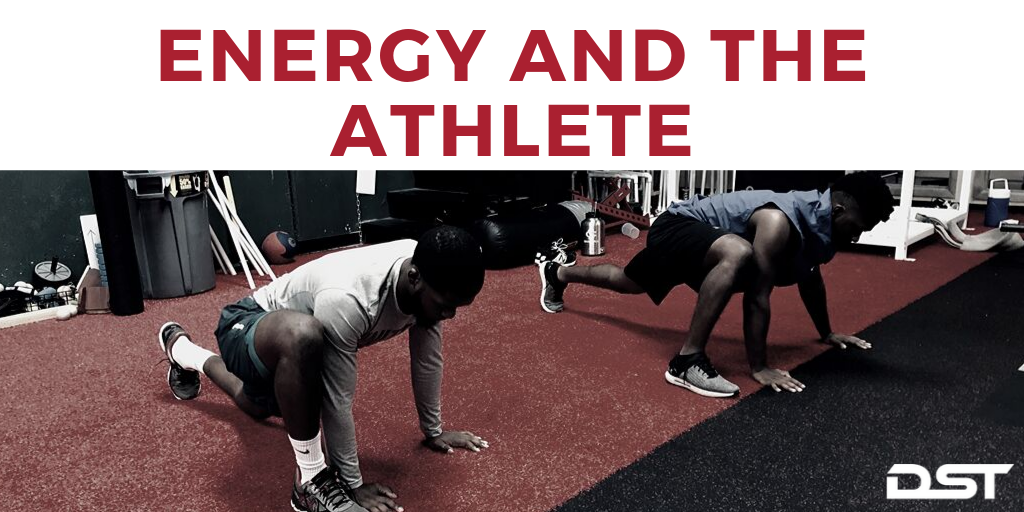
Where do we get energy from anyway?
When we think of energy, we often think of not having enough of it. We get our energy from the food we consume. The amount of energy we get from our food is based on that food’s macronutrient content, which is measured in kilocalories (aka Calories). There are three macronutrients: protein, carbohydrates, and fat. Each macronutrient contains a certain number of Calories per gram. Protein and carbohydrates both contain 4 Calories per gram, and fat contains 9 Calories per gram. This means that fat is the most energy-dense macronutrient.
How much energy do we need?
Energy needs are based on height, weight, age and sex, as well as the physical nature of the lifestyle, sport, and occupation of each person. The measurement of one’s daily energy needs is called your Total Daily Energy Expenditure (TDEE) and is unique to each person. For example, a middle-aged man who works a 9-5 desk job during the week would not have the same TDEE as a female collegiate athlete who spends several hours per day training or competing in her sport. Even that same female collegiate athlete would not have the same TDEE as one of her teammates.
Different sports place different demands on the body. Your body reacts by using its three energy systems to produce ATP, which is your body’s energy currency. For short duration exercise, such as resistance training or sprinting, your body uses its stored ATP via the Phosphagen System. For intermediate and longer duration activities, the body must produce more ATP.
Intermediate duration activities such as 400m sprinting and tennis utilize the Glycolytic System to produce ATP via the metabolism of carbohydrates. The Phosphagen and Glycolytic Systems are anaerobic, which means that oxygen is not required to produce ATP. Long duration activities such as marathon running utilize the Aerobic System to produce ATP from all three macronutrients. It primarily utilizes carbohydrates and fats however, and the presence of oxygen is required for ATP production.
Personalized Nutrition
There is no “one-size-fits-all” when it comes to nutrition. Marathon runners should not eat the same way as bodybuilders, or vice versa. If you wish to optimize your performance in your sport, make sure that your nutritional intake is tailored to not only your sport, but to your body as well.
We offer personalized nutrition plans to every DST athlete, in the Houston area and all over the world! If you’re interested in getting a nutrition plan customized to your needs and your goals, reach out to us here and we’ll take care of you.

Leave a Reply